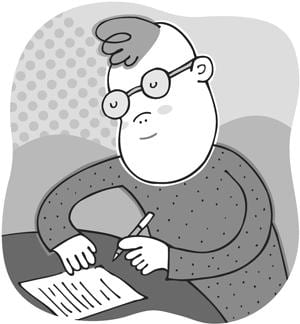
Bring the card to the poll, go straight to the table to pick up your ballot.
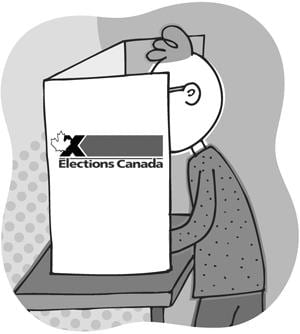
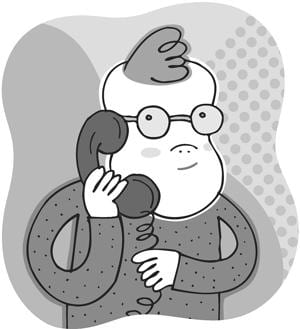
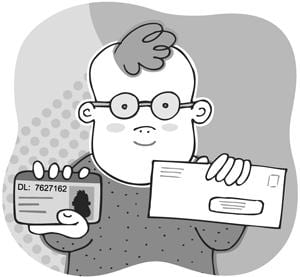
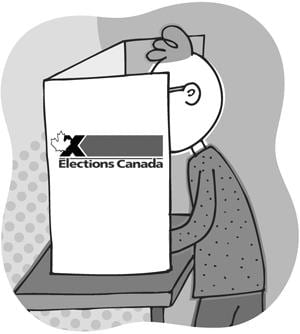
Who can vote?
You may vote in a federal election if you:
- are a Canadian citizen;
- are 18 or over.
Find out how to vote:
- If you voted in the last federal election in January 2006
- If you did not vote in the last federal election or did not get a card in the mail, or the card you got was inaccurate
***
If you voted in the last federal general election in January 2006:
You likely received a card in the mail telling you the exact location of where to vote.
Bring the card to the poll, go straight to the table to pick up your ballot.
Enter the voting booth and make your one choice clear by marking with an X, check mark or filled-in dot. Do not write on the ballot or it will be disqualified. In Canada, you vote for your local Member of Parliament. Most candidates belong to parties. Both the candidate’s name and party affiliation appear on the ballot. Citizens do not directly vote for the Prime Minister. When you have marked your ballot, fold it as instructed and return to the deputy returning officer. The officer will remove a counterfoil on the ballot and give it back to you. You can place the ballot in the ballot box or ask the deputy returning officer to do so.
***
If you did not vote in the last federal election or did not receive a card in the mail telling you where to vote, or the card you get is inaccurate:
Find out where to vote by asking others in your building, phoning 1-800-463-6868 (people who are hard of hearing can call 1-800-361-8935) or entering your postal code on the website www.elections.ca. You then have the choice of a) going to an elections returning office — the address can be found on the website — to register in advance (it keeps the wait shorter on election day) or b) just showing up at your appropriate polling station on election day with ID and registering on-site.
At the polling station, you will be asked to prove your identity and address. You have three options. First, provide one original piece of identification issued by a government or government agency containing your photo, name and address (eg driver’s license or passport). Second option: you can provide two original pieces of identification; both pieces must contain your name and one must also contain your address (eg your health card and a recent hydro bill). Third option: you can swear an oath and be vouched for by an elector (perhaps a neighbour, friend or roommate) who is on the list of electors in the same polling district and who has the acceptable identification.
Enter the voting booth and make your one choice clear by marking with an X, check mark or filled-in dot. Do not write on the ballot or it will be disqualified. In Canada, you vote for your local Member of Parliament. Most candidates belong to parties. Both the candidate’s name and party affiliation appear on the ballot. Citizens do not directly vote for the Prime Minister. When you have marked your ballot, fold it as instructed and return to the deputy returning officer. The officer will remove a counterfoil on the ballot and give it back to you. You can place the ballot in the ballot box or ask the deputy returning officer to do so.
Illustrations by Mia Hansen.
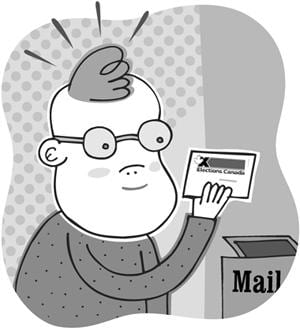
 Why you can trust Xtra
Why you can trust Xtra


